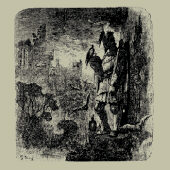Massacred - Official Website
Peste Noire / Horna
|
Argentina
 |
|---|

Buy on: Bandcamp
Type: Split
Release Date: 2007
Label: Debemur Morti Productions
Genre: Black
1.
Tyrant Virus
2.
Internal Terror
3.
Flesh Eating Demon
4.
Death Corporation
5.
Chased And Killed
6.
Life Extermination
7.
Lacerated By Undead Dogs
8.
Virulent Experiments
9.
Human Carnage
10.
Ruined City
11.
Infected Mutant
12.
Immortal Hell Beast
13.
Corruption
14.
Labyrinth Of Horror
15.
Labyrinth Of Horror
16.
Cold And Buried
17.
Gorified Hallways
18.
Vicious Claws
19.
Obliterated
20.
No Escape
1.
Nostalgiaa
